At the beginning of the circuit, I designed a 20Hz to 20kHz second-order Butterworth bandpass filter circuit, and then I tried to pass the filtered signal through an AGC circuit to achieve a smooth output.
I tried frequency domain simulations with different amplitudes on CircuitLab, but I don't know why the output showed the same gain. In this AGC circuit I'm using a TL071 op-amp (was originally going to use a NE5534). R3 and J1 form an amplifying circuit. Through the envelope detection circuit formed by D5, R5 and C4, the output AC signal is converted into a DC signal and input into the gate of J1 to achieve the effect of controlling the gain with the change of the signal amplitude.
Is there any problem with the AGC circuit to give the output same gain instead of more gain for smaller input and less gain for larger input?

